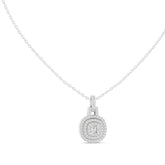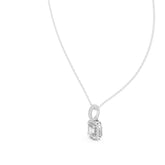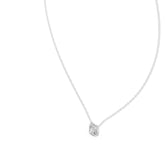The Wax Carving Process
The wax carving process is a technique used in jewelry making to create intricate and detailed wax models of jewelry designs. These wax models serve as prototypes for the final metal pieces. Here's an explanation of the typical wax carving process:
-
Design Concept: The jewelry design concept is first developed, either through sketches or digital design software. This includes determining the overall shape, proportions, and details of the jewelry piece.
-
Choice of Wax: Jewelers select a suitable wax material for carving, considering factors such as hardness, workability, and the desired level of detail. Different types of wax, such as hard carving wax, soft wax, or wax sheets, may be used based on the design requirements and the jeweler's preference.
-
Wax Block Preparation: The chosen wax material is shaped into a block or sheet of an appropriate size that accommodates the intended jewelry design. The wax may be softened with heat or tools to make it easier to work with.
-
Rough Shaping: Using carving tools, files, or heated instruments, the jeweler begins to shape the wax block, removing excess material to achieve a rough form of the jewelry design. This step focuses on establishing the basic proportions and contours of the piece.
-
Detail Carving: With the rough shape in place, the jeweler uses more precise tools, such as carving knives, scalpels, or wax burrs, to refine the details of the design. This involves meticulously carving the intricate features, textures, and patterns that make the design unique. The jeweler's skill and attention to detail are essential during this stage.
-
Surface Smoothing: Once the desired details are carved, the jeweler smoothes the wax surface using files, sandpapers, or heated tools. This step helps eliminate any roughness, tool marks, or imperfections on the surface, ensuring a clean and polished appearance.
-
Fitting and Proportions Check: The wax model is frequently checked against the design specifications and measurements to ensure proper proportions, symmetry, and fit. Any necessary adjustments or refinements are made during this stage to achieve the desired outcome.
-
Final Inspection: The completed wax model undergoes a final inspection to evaluate the overall quality and accuracy of the design. The jeweler examines the model from multiple angles, checking for any remaining flaws or areas that require additional refinement.
The wax model created through this process serves as a master model for casting or mold-making. It captures the intricate details and intricacies of the design, allowing for precise replication in the final metal piece. The wax model is typically used in the lost-wax casting process, where the wax is melted and replaced with molten metal, resulting in a metal piece that replicates the original wax model's shape and details.






